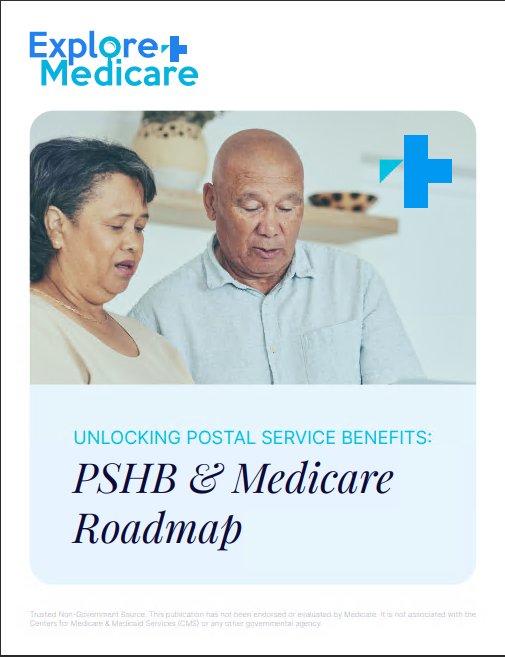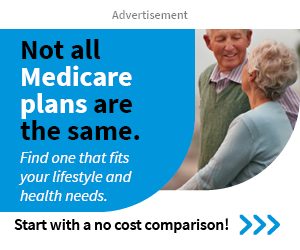Key Takeaways:
-
Medicare Part D offers prescription drug coverage to help manage medication costs, with structured plans and specific timelines for enrollment and benefits.
-
Understanding Part D’s costs, benefits, and coverage limits is essential to making informed choices about your healthcare needs in 2025.
What Is Medicare Part D, and Who Needs It?
Medicare Part D is the prescription drug coverage portion of Medicare. It’s designed to help you manage the costs of medications you need, whether they’re for chronic conditions or short-term illnesses. If you’re enrolled in Original Medicare (Parts A and B) and you’re not already covered through a Medicare Advantage plan with drug benefits, Part D could be a vital addition to your healthcare.
How Medicare Part D Works
Part D plans are offered by private insurance companies approved by Medicare. These plans work with pharmacies nationwide to cover a broad list of medications, known as a formulary. Here’s what you need to know about how Part D functions:
-
Tiers and Costs: Medications are often grouped into tiers, with lower-cost generic drugs in the bottom tier and higher-cost brand-name or specialty drugs in the upper tiers.
-
Coverage Phases: Part D plans include several coverage phases, such as the deductible phase, initial coverage phase, coverage gap (or “donut hole”), and catastrophic coverage phase.
Enrollment Deadlines and Options in 2025
Medicare Part D has specific enrollment periods. Missing these deadlines could leave you without coverage or result in late enrollment penalties. Here’s what to keep in mind:
-
Initial Enrollment Period (IEP): This seven-month period starts three months before you turn 65, includes your birth month, and extends three months after.
-
Annual Enrollment Period (AEP): From October 15 to December 7 each year, you can join, switch, or drop Part D coverage.
-
Special Enrollment Periods (SEP): Qualifying life events, like moving or losing other drug coverage, may give you an opportunity to enroll outside regular periods.
Understanding the Costs in 2025
Costs for Medicare Part D include premiums, deductibles, copayments, and coinsurance. Let’s break down these elements:
-
Monthly Premiums: Each plan has a premium, and the cost varies depending on the plan you choose.
-
Deductible: The maximum deductible for Part D in 2025 is $590. Some plans may waive or reduce this amount.
-
Copayments and Coinsurance: After meeting your deductible, you’ll pay a share of your medication costs, either as a flat fee (copayment) or a percentage (coinsurance).
The 2025 Part D Coverage Phases
Part D plans are structured around four phases of coverage:
-
Deductible Phase: You’re responsible for the full cost of your medications until you meet the plan’s deductible.
-
Initial Coverage Phase: After meeting your deductible, your plan begins to cover a portion of your drug costs. You’ll pay a copayment or coinsurance until your total drug spending reaches $4,660.
-
Coverage Gap (Donut Hole): In this phase, you’ll pay up to 25% of the cost for brand-name and generic drugs until your out-of-pocket spending reaches $7,400.
-
Catastrophic Coverage: After exiting the coverage gap, catastrophic coverage kicks in, significantly reducing your costs. You’ll pay small copayments or coinsurance for the rest of the year.
What’s New for 2025?
This year brings a game-changing feature for Part D—a $2,000 out-of-pocket cap on prescription drug costs. Once you hit this limit, you’re no longer responsible for additional costs, providing significant financial relief. Additionally, the Medicare Prescription Payment Plan allows you to spread out your costs over the year, making budgeting easier.
Choosing the Right Part D Plan
Selecting the right plan involves evaluating your health needs, budget, and the medications you take. Here are some steps to guide your decision:
-
Review Plan Formularies: Check if your medications are covered and their tier placement.
-
Compare Costs: Consider premiums, deductibles, and out-of-pocket costs for the medications you need.
-
Pharmacy Networks: Ensure your preferred pharmacy is within the plan’s network to avoid higher costs.
-
Extra Help: If you have limited income and resources, you may qualify for assistance with premiums and drug costs through Medicare’s Extra Help program.
Common Misconceptions About Part D
-
You Don’t Need It if You’re Healthy: Even if you’re not taking medications now, enrolling in Part D can prevent late penalties and provide coverage when you need it.
-
All Plans Are the Same: Part D plans vary widely in costs and coverage, so it’s essential to review your options annually.
-
You Can Enroll Anytime: Unless you qualify for a Special Enrollment Period, you’ll need to wait for the Annual Enrollment Period to make changes.
Avoiding Late Enrollment Penalties
The Part D late enrollment penalty is a lifelong cost added to your premiums if you don’t enroll when first eligible and don’t have creditable drug coverage. The penalty is calculated based on the number of months you went without coverage, so enrolling on time is critical.
Maximizing Your Part D Benefits
Here are some tips to get the most from your coverage:
-
Use Preferred Pharmacies: Many plans offer lower costs at specific pharmacies.
-
Opt for Generic Drugs: If available, generic medications can save you money.
-
Check for Discounts: Some plans offer savings programs or discounts for mail-order prescriptions.
-
Stay Informed: Review your Annual Notice of Change (ANOC) each fall to stay updated on changes to your plan.
When to Make Changes to Your Coverage
Life changes can impact your Part D needs. Here are some scenarios where reviewing or adjusting your coverage might be necessary:
-
Your medication list changes.
-
You move to a new area where your plan’s network is limited.
-
Your financial situation changes, making cost adjustments necessary.
-
Plan changes during the Annual Enrollment Period affect your benefits or costs.
Wrapping Up: Navigating Part D in 2025
Medicare Part D is an essential part of managing your healthcare costs, especially with the new out-of-pocket cap in place this year. Staying informed about costs, coverage, and deadlines ensures you’ll have the medication access you need without unexpected expenses. Don’t miss enrollment periods, and regularly review your options to make the best decisions for your health and finances.









